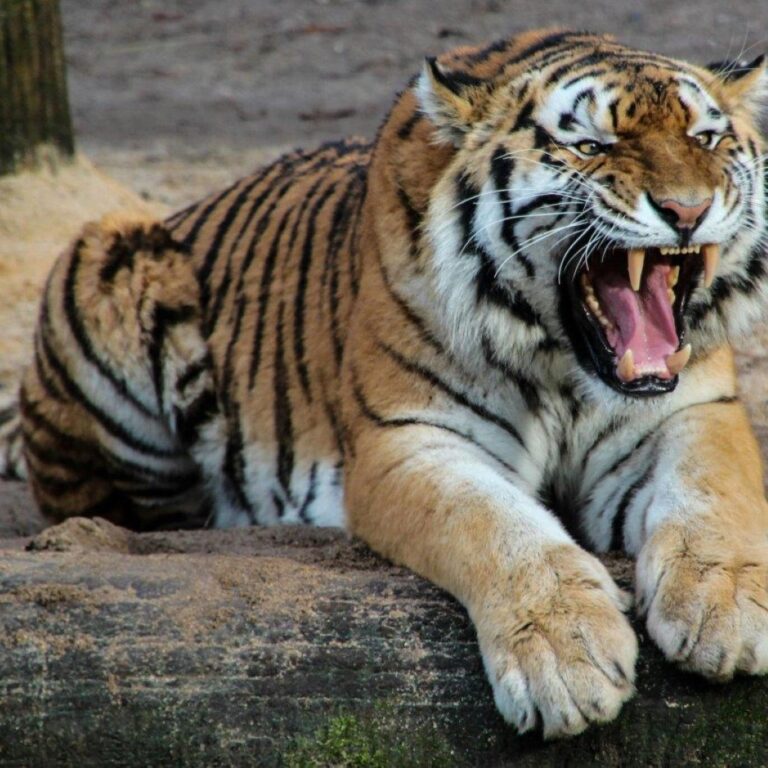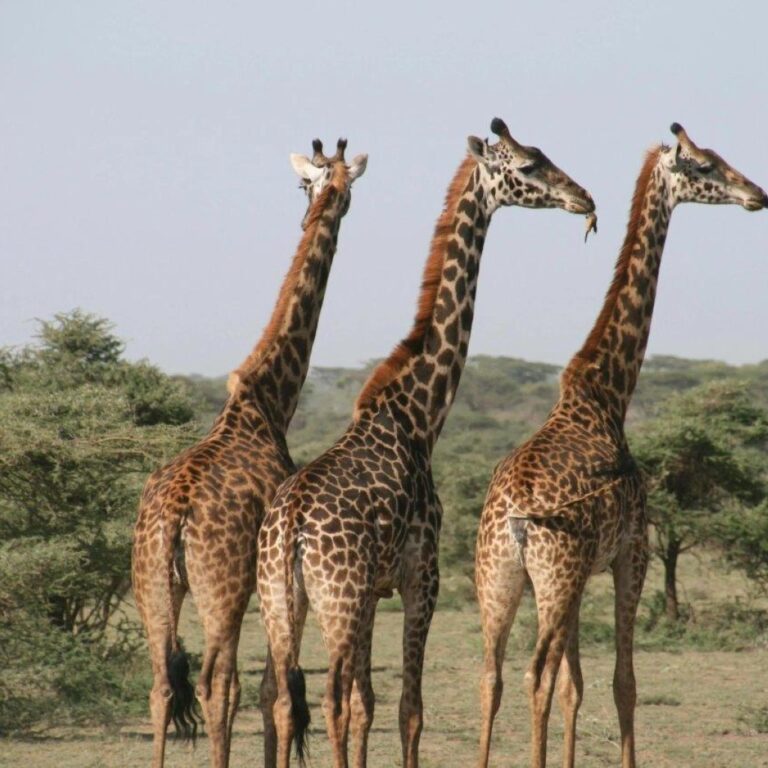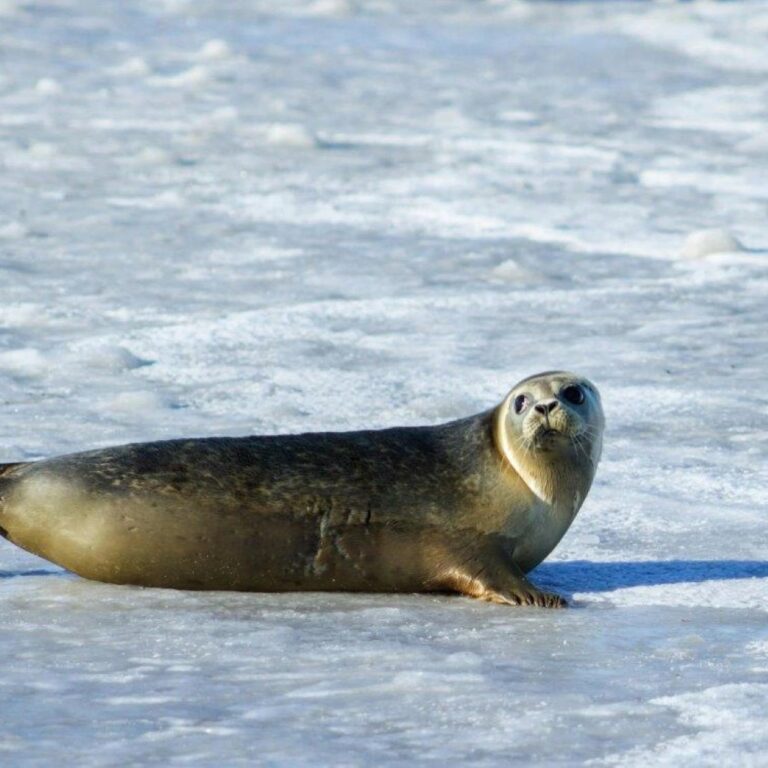There are six subspecies: Bengal, Indochinese, Malayan, Siberian (Amur), South China, and Sumatran. The Bengal tiger is the most numerous, while the Siberian tiger is the largest.
They have a distinctive orange coat with black stripes, which provides camouflage in their natural habitat. No two tigers have the same stripe pattern, making each individual unique.
Unlike most big cats, tigers are excellent swimmers and enjoy being in the water. They often bathe in rivers and lakes to cool off and are capable of swimming long distances.
They are solitary animals and are highly territorial. A male tiger's territory can cover up to 100 square miles, while a female's territory is smaller but still substantial.
Their roar can be heard up to 2 miles away, and it is used to communicate with other tigers and establish dominance over their territory.
Tigers are carnivores and primarily hunt large prey such as deer, wild boar, and buffalo. They use their powerful jaws and sharp claws to bring down prey with a single pounce.
White tigers are not a separate subspecies but rather a genetic mutation of Bengal tigers. They are rare in the wild due to their lack of camouflage, making them more vulnerable to predators.
Their night vision is six times better than that of a human, allowing them to hunt effectively in the dark. They are primarily nocturnal hunters, using the cover of night to stalk their prey.
Females give birth to litters of 2 to 4 cubs after a gestation period of about 3.5 months. Tiger cubs are born blind and rely on their mother for protection and nourishment.
They mark their territory with scent markings, scratches on trees, and vocalizations to warn other tigers to stay away. They use their keen sense of smell to detect these markings.
The Siberian tiger, also known as the Amur tiger, is the largest subspecies, with some males weighing over 700 pounds and measuring up to 12 feet in length from nose to tail.
They have retractable claws, which they use for hunting and climbing. These claws are kept sharp by retracting them when not in use.
Tigers have a lifespan of 10 to 15 years in the wild, but they can live up to 20 years or more in captivity, where they are protected from the dangers of the wild.
They are apex predators, meaning they have no natural predators except humans. Their presence in an ecosystem helps maintain the balance by controlling the populations of prey species.
Conservation efforts are critical for their survival, as they are endangered due to habitat loss, poaching, and human-wildlife conflict. Organizations around the world are working to protect tigers and their habitats.



